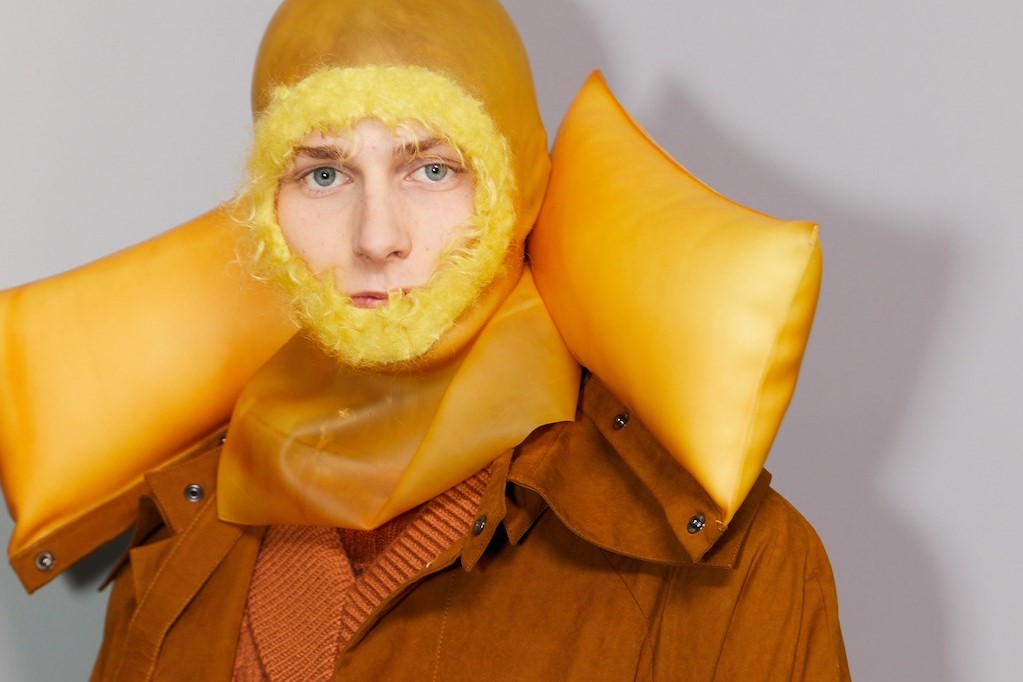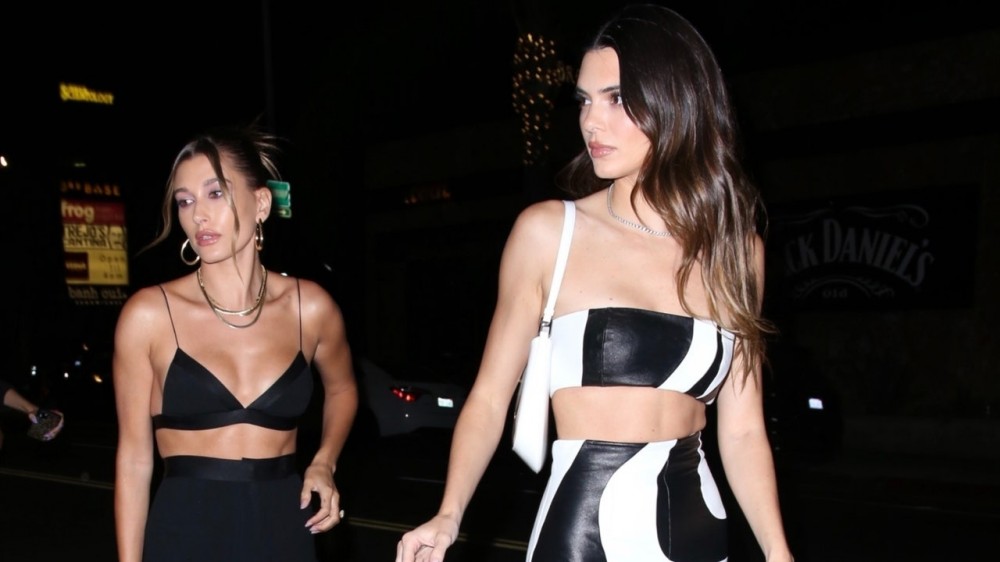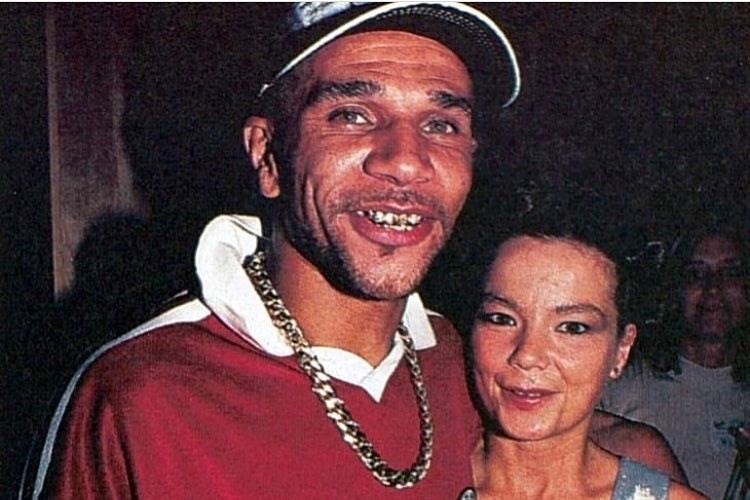
Craig Green is all prepped for the impending apocalypse
Green’s troupe of marauding travellers were kitted out for climate disaster, as part of his first runway show in two years
Cast your mind back to 2014, and, if you’re a fan of Craig Green’s – and at this point, who’s not? – you may recall the moment he reduced the fashion industry to tears. The fledgling designer’s poetic, tender, SS15 collection sought to explore the fragile constraints of masculinity, and left typically hard-nosed editors fumbling for a Kleenex (a necessity further enhanced by the fact Central Saint Martins legend and Green’s own tutor Louise Wilson had tragically passed away only a few days before).
In the time since, Green has tunnelled ever deeper into the mysterious workings of traditional masculinity, exploring and unpacking what he found there through esoteric, thought-provoking collections season after season. And though none have gone down in quite so much infamy as that tearful SS15 presentation, Green’s shows are always special, always emotional, and always highly-anticipated – and his comeback, staged yesterday way out in East London, was no exception.



For his first show since January 2020, the designer took over a cavernous industrial building situated next door to Tate & Lyle’s sugar refinery – a truly sweet return, someone with a propensity for shit jokes might suggest. Having spent the last two years in various shades of lockdown, Green was once more looking inwards, considering ideas surrounding self-preservation, protection, and care – the first few looks on the runway evoked the hazmat suits we so frequently saw on the news at the start of the pandemic. Rendered in hazardous hues of emergency orange and yellow run through with flashes of red, the styles were simultaneously alarming and kind of cosy-looking – inviting panels of woolly, shaggy knots decorating hips or otherwise rendering pouchy bags totally touchable.
More of the structural pieces that Green is widely known for followed. Two models had seemingly draped themselves in rigid black and white sheets of rubber, which jutted awkwardly from their bodies, before more tactile looks incorporating bulky mohair sweaters and fluffy, almost shimmering takes on his piped workwear came close behind. In this instance, Green had been considering the way we wear things for other people’s enjoyment more so than our own at times – the person touching the pleasingly fuzzy sweater, rather than the person actually wearing it. And so, with that in mind, he turned them inside-out.

Further looks incorporated Green’s signature workwear, as he layered utilitarian vests over piped and panelled parkas and wide-leg trousers in contrasting hues. But it was the inflatables that really stood out. Many of Green’s ‘travellers’, as he called them in his show notes, carried inflatables around the catwalk, with bulbous floatation devices slung over their shoulders, carried under their arms, or otherwise incorporated into the garments themselves (take, for example, a padded pillow that peeped out from one look’s neckline).
Though Green revealed he’d been inspired by old photographs of a man in an iron lung, with the apocalyptic vibes that permeated the show, his troupe of marauders evoked a sense of displacement, their child-like, blown-up accoutrements akin to belongings scooped up in a hurry. Though there was a sense of optimism to the whole thing, as the world careens ever closer towards climate disaster – and so many people are tragically already being displaced – AW22 was also undershot with something a lot more ominous. With this in mind, Peter Gabriel’s “Here Comes The Flood” made for a poignant, emotional closer (When the flood calls / you have no home / you have no walls). And so, not quite tears this time – but certainly, as ever, so much to think about.




